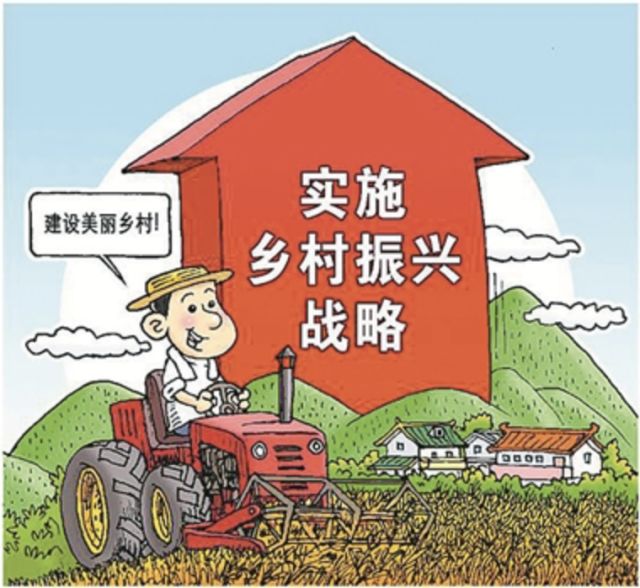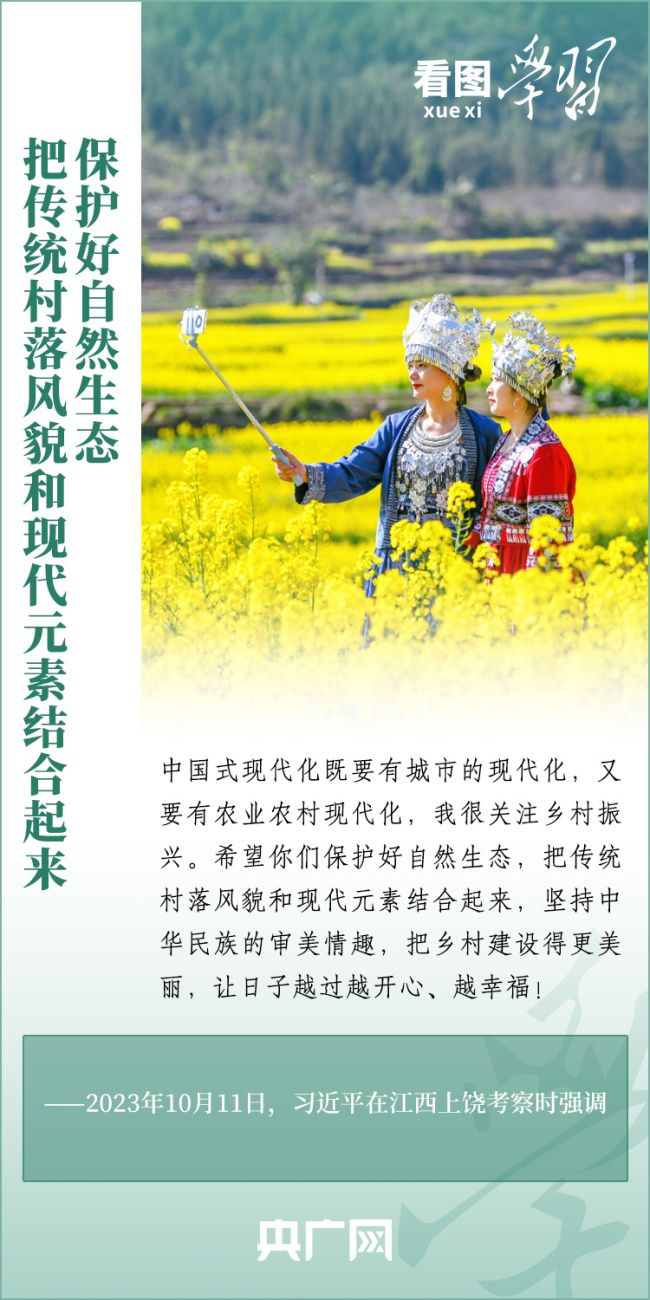摘要:中国乡村振兴之旅正经历一场转型与发展的壮丽征程。农村焕发新生,焕发活力,展现出前所未有的发展机遇。通过推动农业现代化、加强基础设施建设、促进文化传承与生态保护,中国乡村正逐步实现经济繁荣、社会和谐、环境优美的目标。这是一次深刻的变革,为乡村发展注入强劲动力,推动乡村全面振兴。
Sub-Title: Strategies, Progress, and the Road Ahead
Introduction:
In the context of global urbanization trends, China's rural revitalization holds the key to sustainable development and equitable progress. As the country strives to balance urban-rural disparities, the journey of rural transformation has become a significant focus, blending traditional wisdom with modern development strategies. This article delves into the initiatives, achievements, and challenges faced in China's rural revitalization, aiming to provide an insight into this transformative process.
I. Background and Rationale for Rural Revitalization
China's vast rural areas are home to millions of citizens, rich in cultural heritage and natural resources. However, urban-rural disparities have long been a challenge. To ensure sustainable development and social equity, it's imperative to revitalize rural areas by enhancing infrastructure, promoting agricultural modernization, and encouraging community development.
II. Key Strategies in Rural Revitalization
1、Infrastructure Development: Improving rural infrastructure is crucial for enhancing connectivity, facilitating trade, and improving living conditions. This includes developing roads, bridges, power grids, and internet connectivity.
2、Agricultural Modernization: Embracing modern agricultural techniques and technologies boosts productivity, enhances food security, and increases farmers' income.
3、Cultural Heritage Protection: Preserving rural culture and heritage is vital for maintaining the unique identity of rural communities. This involves promoting traditional crafts, festivals, and practices.
4、Eco-Tourism Promotion: Leveraging natural resources for eco-tourism can generate revenue and encourage community development. It also helps in conservation efforts and environmental education.
III. Progress and Achievements in Rural Revitalization
1、Infrastructure Improvements: Many rural areas have witnessed significant improvements in infrastructure, including better roads, reliable power supply, and expanded internet connectivity.
2、Agricultural Growth: Modern agricultural techniques have boosted productivity, resulting in increased yields and higher income for farmers.
3、Cultural Revival: Many rural cultural practices and traditions are being preserved and promoted, contributing to the unique identity of these communities.
4、Eco-Tourism Development: Rural eco-tourism has grown significantly, generating revenue and promoting environmental conservation efforts.
IV. Challenges and Road Ahead
1、Financial Constraints: Lack of funding remains a major challenge in rural revitalization efforts. Addressing this requires government support, private investments, and community participation.
2、Talent Loss: Many young people migrate to urban areas, leading to a talent gap in rural communities. Attracting and retaining talent is crucial for sustainable rural development.
3、Environmental Challenges: Rural revitalization must balance economic development with environmental protection to ensure sustainable outcomes.
Q&A Section for Search Engine Optimization:
Q1: What is China's rural revitalization?
A1: China's rural revitalization is an effort to balance urban-rural disparities by enhancing infrastructure, promoting agricultural modernization, and encouraging community development in rural areas.
Q2: What are the key strategies in China's rural revitalization?
A2: The key strategies in China's rural revitalization include infrastructure development, agricultural modernization, cultural heritage protection, and eco-tourism promotion.
Q3: What progress has been made in China's rural revitalization?
A3: China has made significant progress in rural revitalization, with improvements in infrastructure, agricultural growth, cultural revival, and eco-tourism development.
Q4: What are the challenges facing China's rural revitalization?
A4: The challenges facing China's rural revitalization include financial constraints, talent loss, and environmental challenges.
Q5: How does China attract investments in rural revitalization?
A5: China attracts investments in rural revitalization through government support, private investments, and community participation. Encouraging policies and initiatives aim to attract investors to contribute to rural transformation.
Conclusion:
China's rural revitalization represents a comprehensive journey of transformation and development. By blending traditional wisdom with modern development strategies, the country strives to achieve sustainable development and social equity. Despite challenges like financial constraints and talent loss, the progress made in infrastructure, agriculture, culture, and eco-tourism demonstrates the potential for rural revitalization. As China continues on this path, it remains committed to finding sustainable solutions that benefit both urban and rural communities.




 浙ICP备14032885号-5
浙ICP备14032885号-5